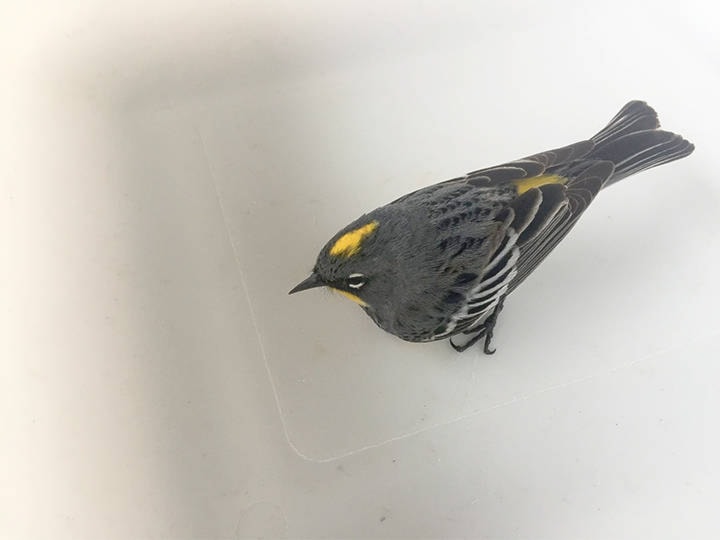3:30 am. That’s the time the baby crows start squawking for their morning meal. Welcome to summer in the north. Between the raucous of the crows, baby black-capped chickadees flapping their wings while twittering in the mayday tree and tadpoles lapping against the shore at Silverthorne Lake the earth feels alive with life.
This is also the time of year when people come across various forms of baby wildlife and wonder what to do to keep them safe. The short answer to this is nothing. While these little ones may seem helpless and alone they are not. If you sit and watch them for a while you will find that the parents are probably close by keeping a careful watch and feeding them when needed.
One of the most common questions is “I found an “abandoned” baby bird on the ground, what should I do?” Again, the short answer is nothing. It has probably been kicked out of the nest in an attempt to teach it to fly and it is just resting until it can figure things out. The long answer is, sit and watch. If they are safe, then just enjoy watching their antics. If, however, they are in danger from crows, cats, dogs or other predators you might need to step in.
Consider keeping cats inside, a wildlife-friendly practice any time of year. If this is not possible put the baby bird carefully some place high up where they can not be reached. Birds can’t smell so you won’t be endangering them from abandonment if you touch them, but you might be giving them undue stress or leading a predator their way. Handle baby birds only if absolutely necessary.
If you find a baby deer try to steer as clear of it as you can. Mother deer will leave their babies for up to 12 hours a day so even if the mother is not around it has probably not been abandoned unless you see a dead mother nearby. And your scent trail to where it is hiding could lead predators straight to it.
The best thing to do, according the Northwest Wildlife Shelter near Smithers, is to “stop for a moment and think: Is it an adult or a baby? If you are looking at a baby, back off and look for a mother close by, you could be putting yourself in grave danger. Does it have obvious injuries or is in a spot where it might get hurt if not moved (i.e. laying on a road). Is it responsive or unresponsive.
If possible call the BC Hotline at 1.877.952.7277 or Angelika at the Northern Lights Wildlife shelter at her cell: 1.250.877.1181 or call 1.250.847.5101 to leave a message.”
Let’s not love our baby wildlife to death. Enjoy them, keep your distance, watch their antics but only step in if it is absolutely necessary or better yet call an expert first.
Cindy Verbeek is the Northern BC Project Coordinator for A Rocha Canada and Manager of the Buck Creek Canfor Hatchery. For more information please contact her at cindy. verbeek@arocha.c
